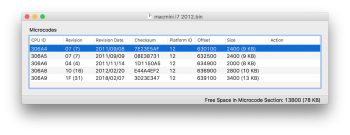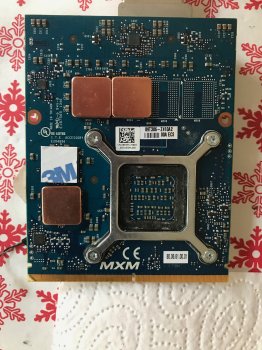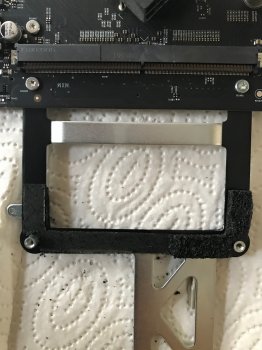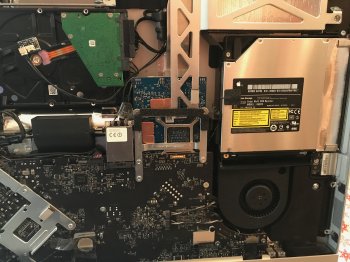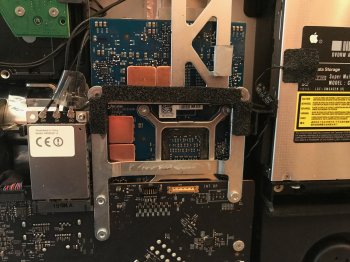Thanks, I wasn’t expecting to be able to use the official update mechanism for modded firmware, but at some stage they unlock write protection in software so maybe we can spoof that, or use the same hacks as the PC:
https://papers.put.as/papers/firmware/2016/How_to_become_the_sole_owner_of_your_PC.pdf
https://github.com/projectara/flashrom/blob/master/Documentation/mysteries_intel.txt
https://www.win-raid.com/t3553f39-G...ite-Access-Permissions-for-SPI-Servicing.html
I actually injected APFS & NVME support with UEFI Tool some time ago,
it’s a shame the MiniPCIe slot is only 2.0 x1, so an M.2 adapter is limited to <500MB/s
but I tested a 32GB Optane module and it still beats my SATA drives on 4K IOPs
I’m hoping someone might be able to mod the bootrom for Ivy Bridge CPUs some day,
update the Microcode, Hybrid ME v8 etc, but that's a major over-haul, well beyond me I'm afraid.
At the moment I'm trying fix the HD Audio problem with Windows in UEFI mode,
(which is perfectly stable once you prevent Windows 10 loading the Intel HD graphics driver btw)
I’ve tried modding the HD audio driver inf and importing the registry keys from a legacy install but that didn’t work, so unless we want to start patching the windows HAL a firmware level fix seems like the only solution?
I’ve got the iMac back together now but will try and post some photos when I’m next in there, the SD screw fits just fine and the through-hole is grounded so you might get away without wiring that (but I would anyway)
I just used an old DVD-ROM SPDIF cable and grounded the shield, but any old wire should work for PWM.
I've not noticed any flickering at the lowest brightness levels.



